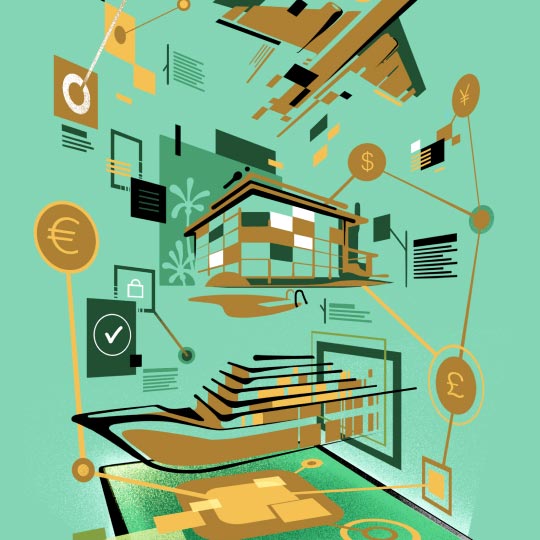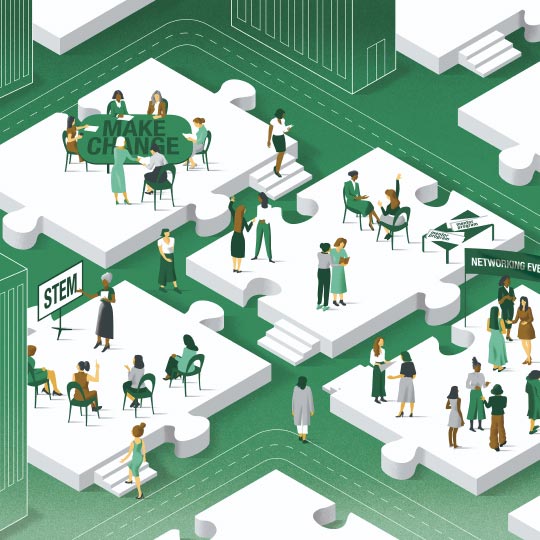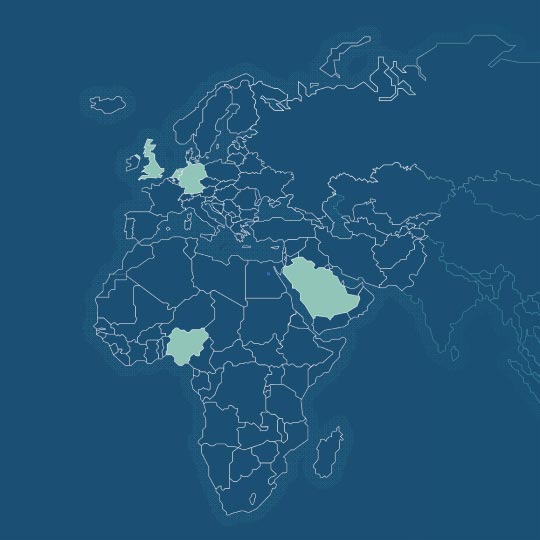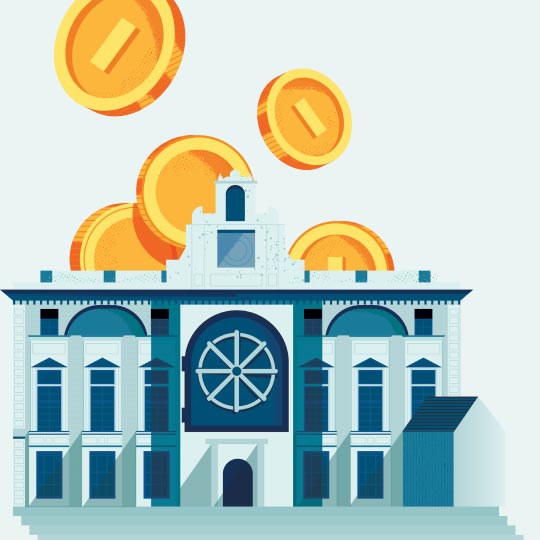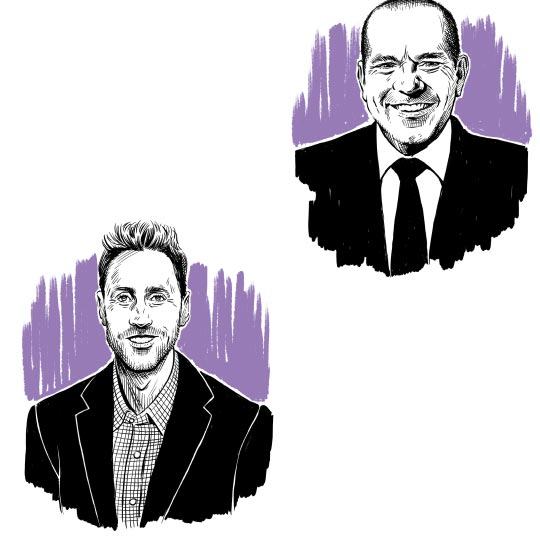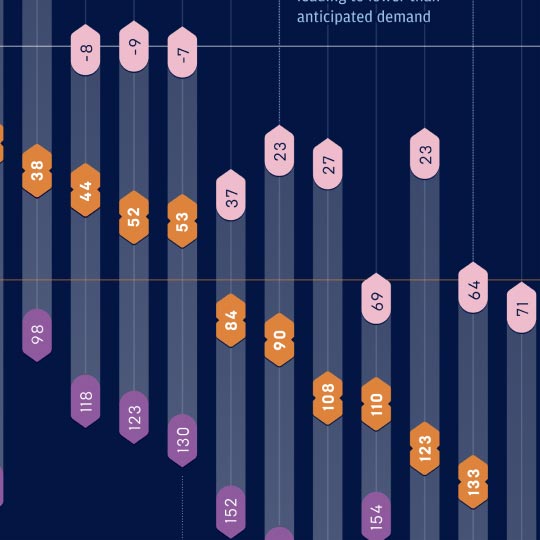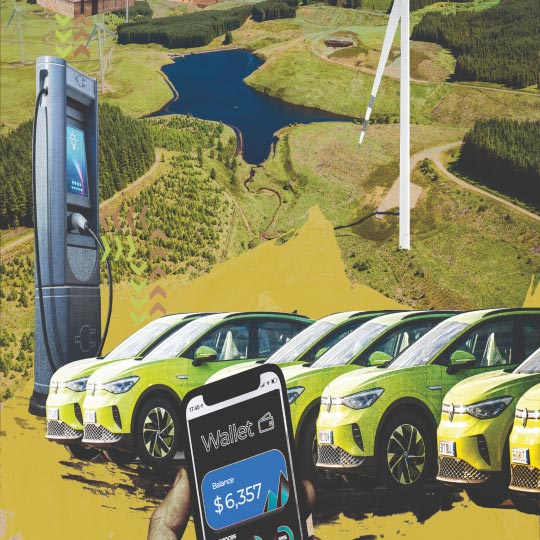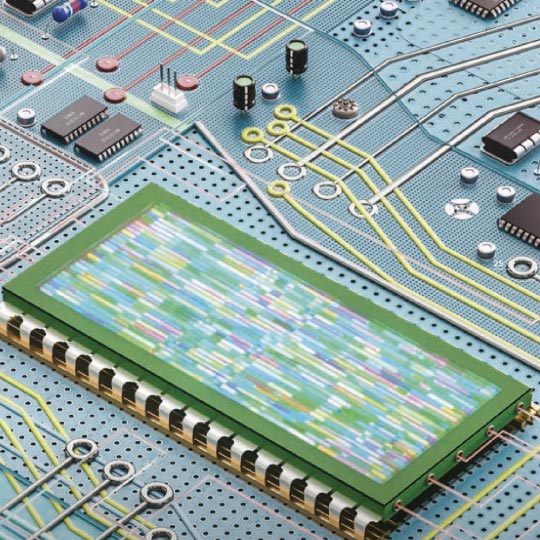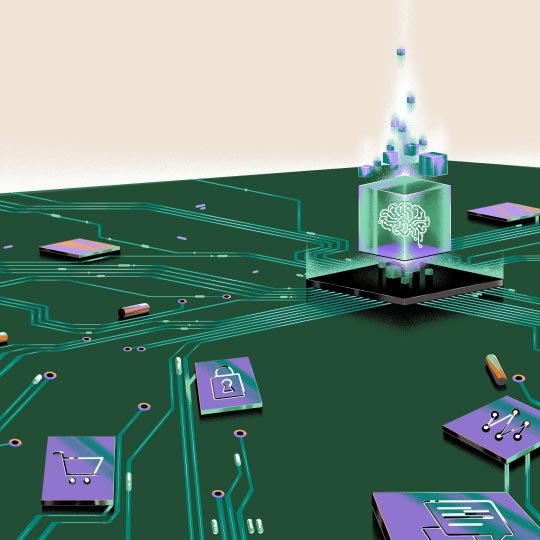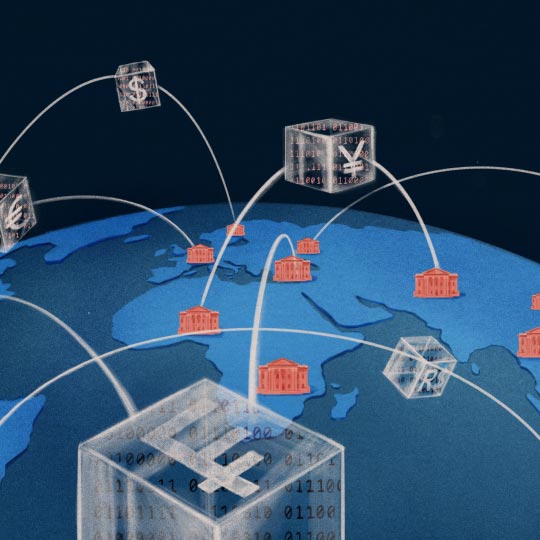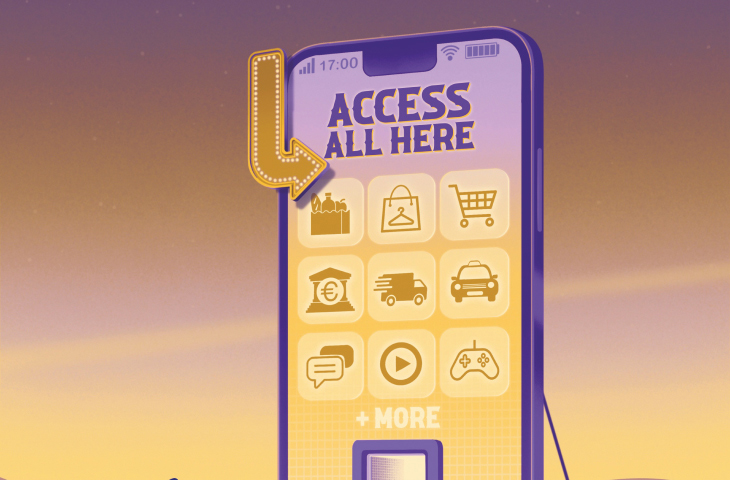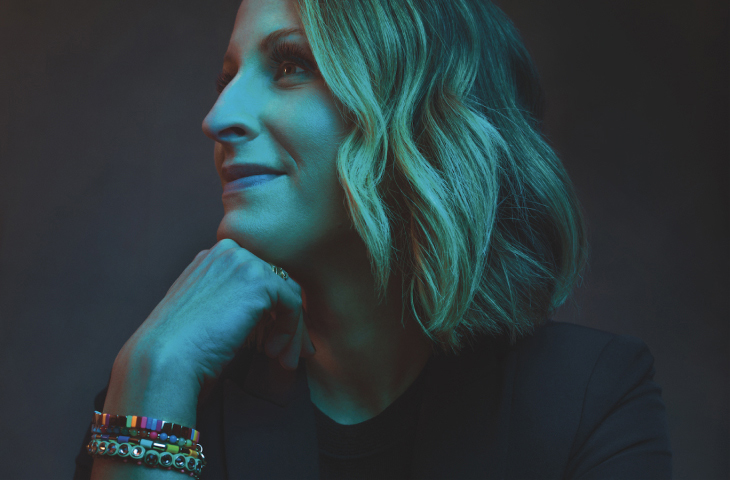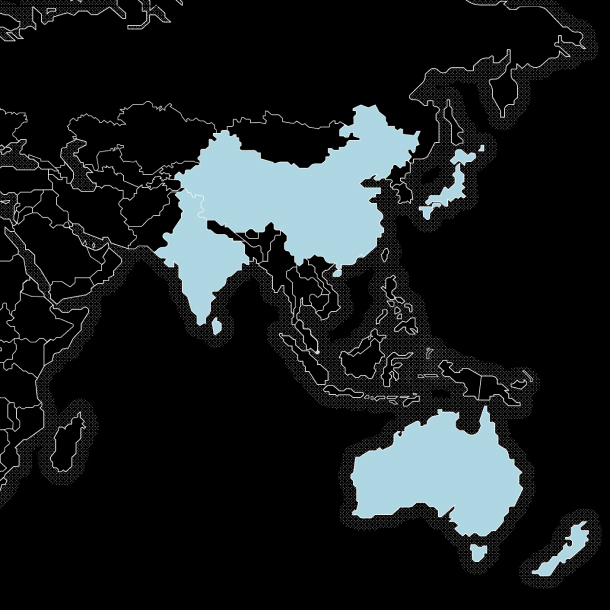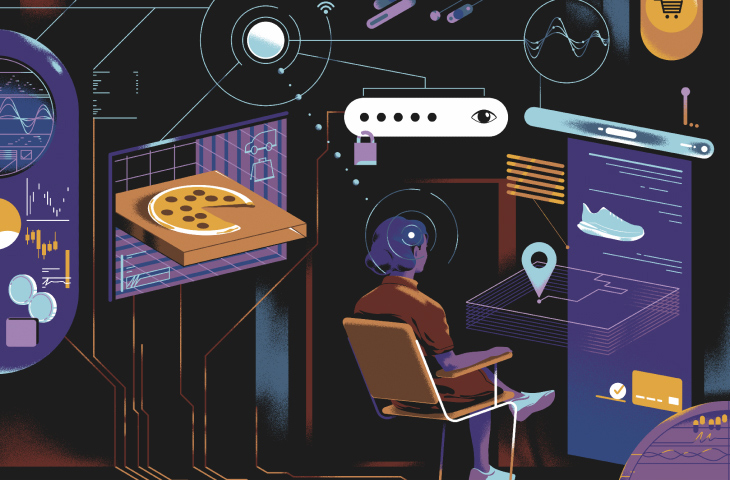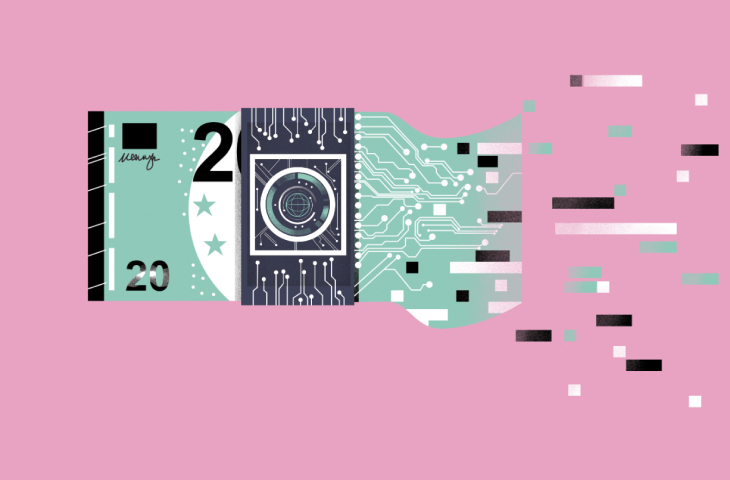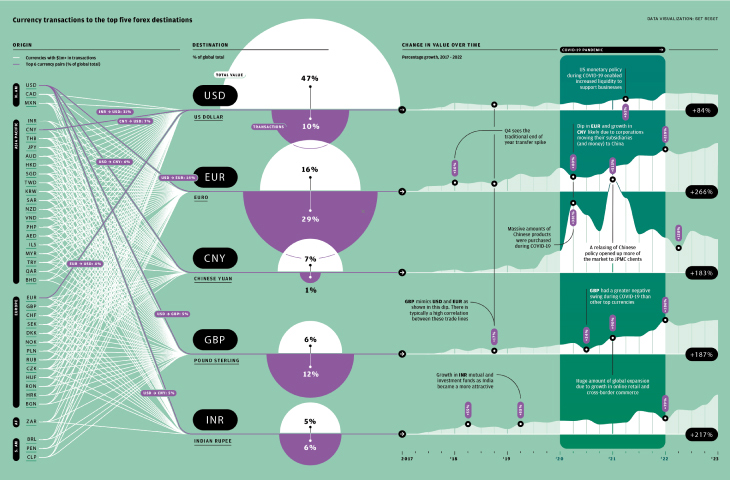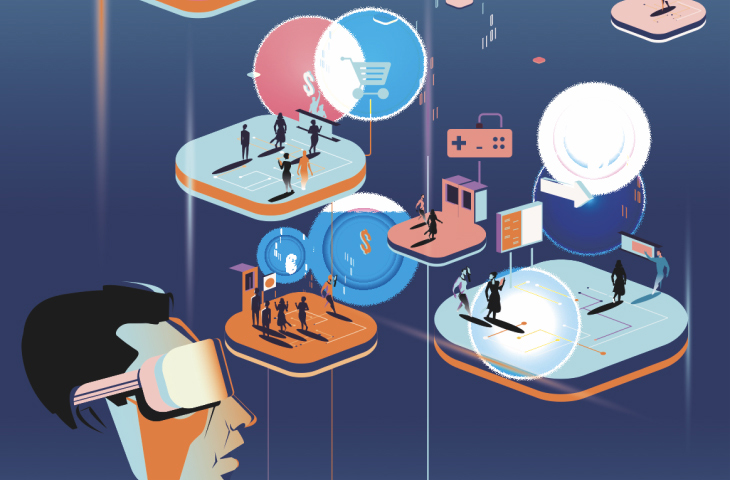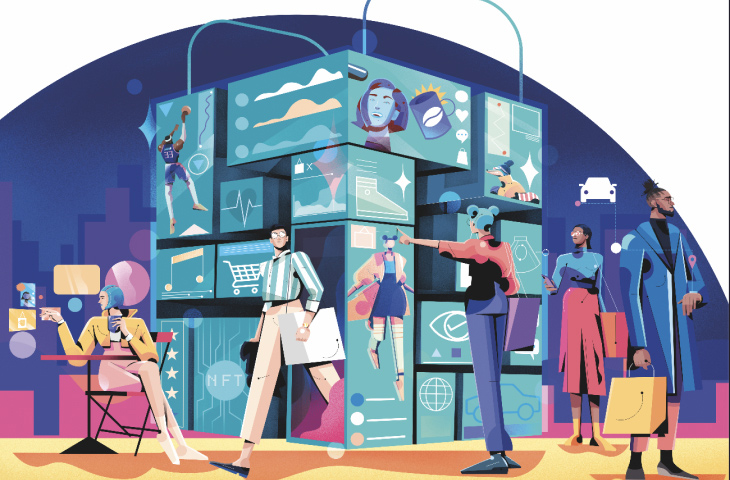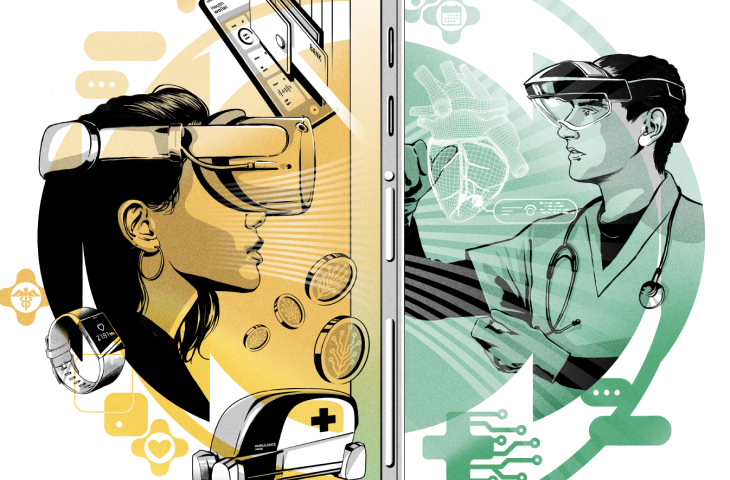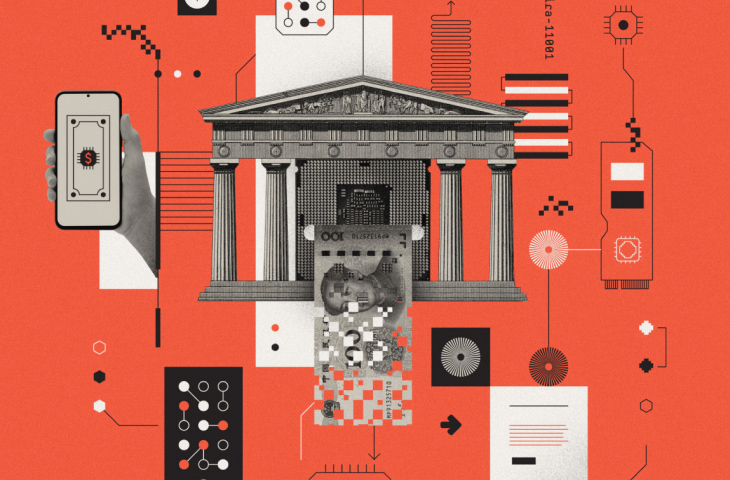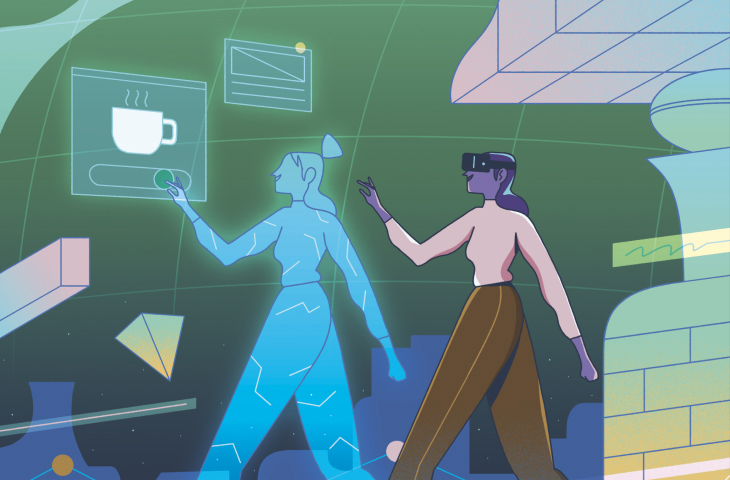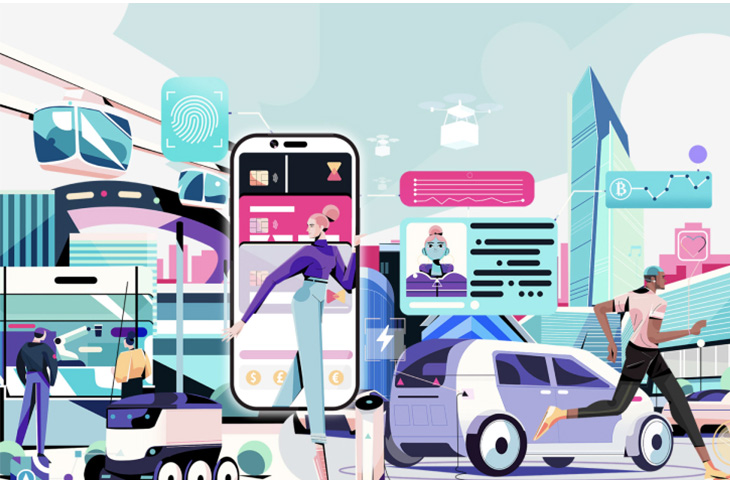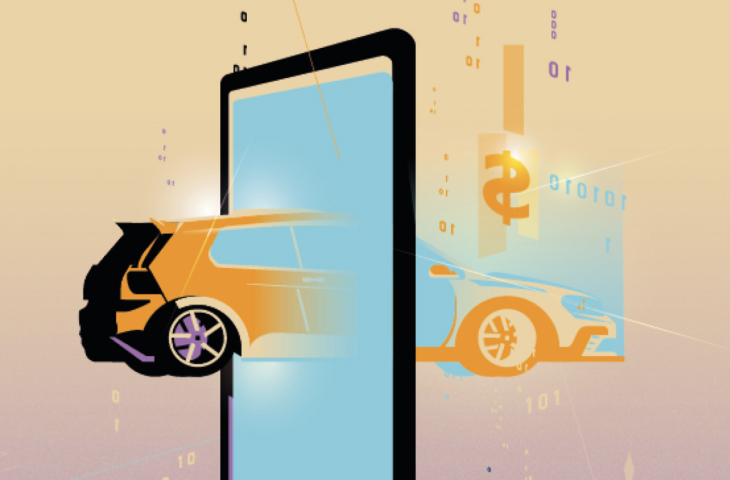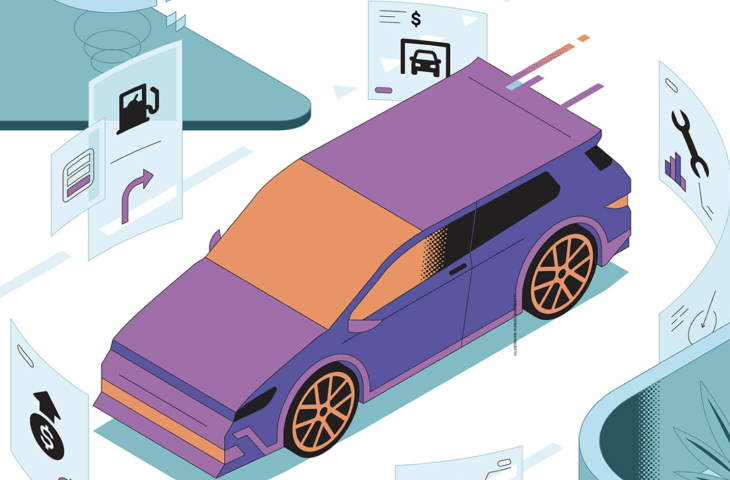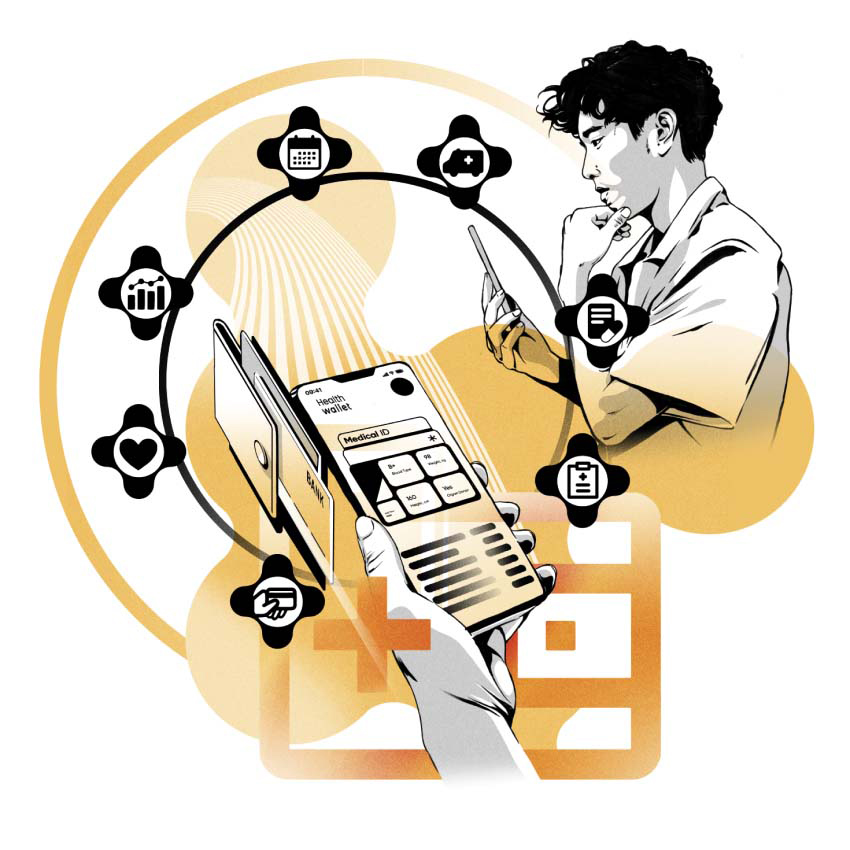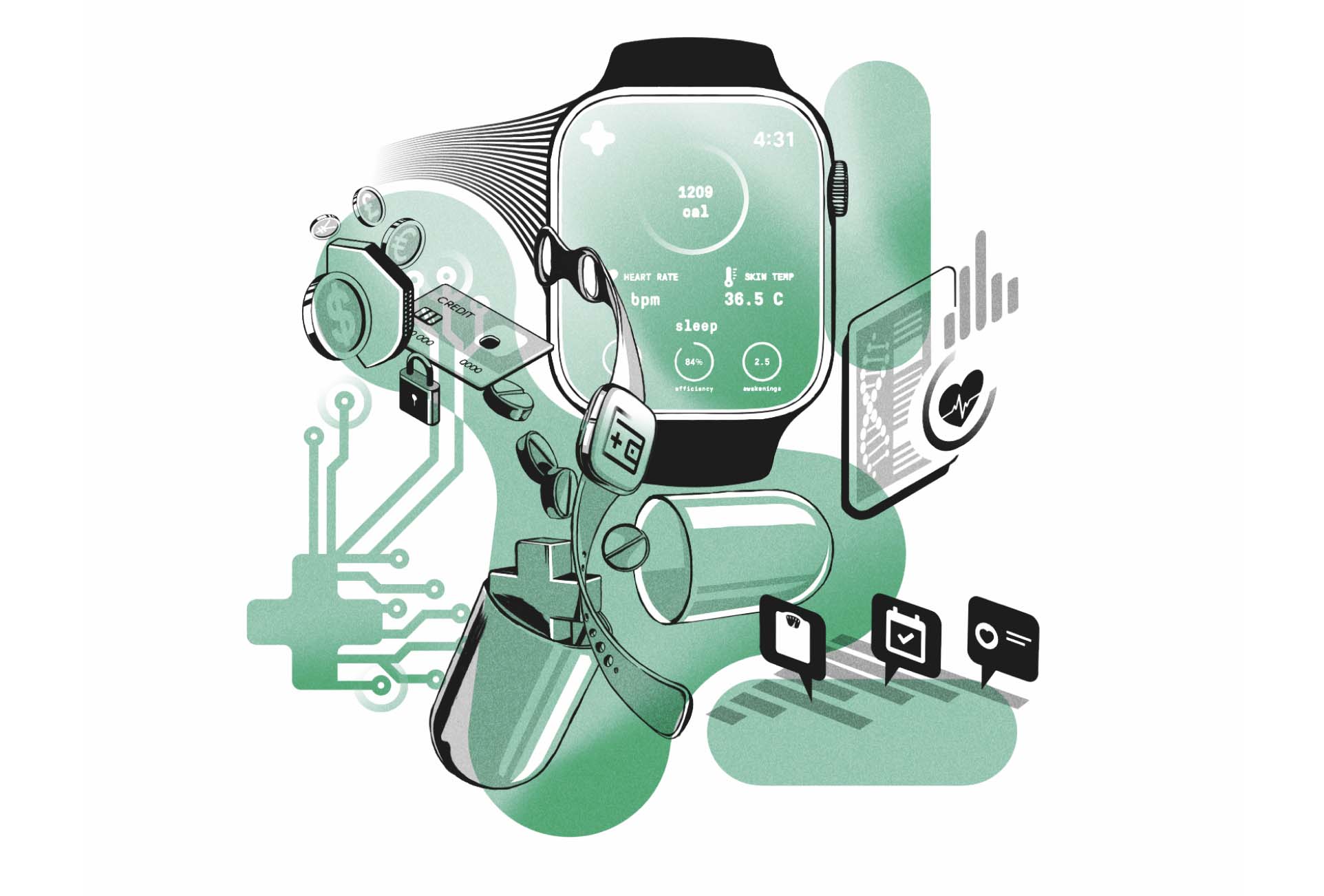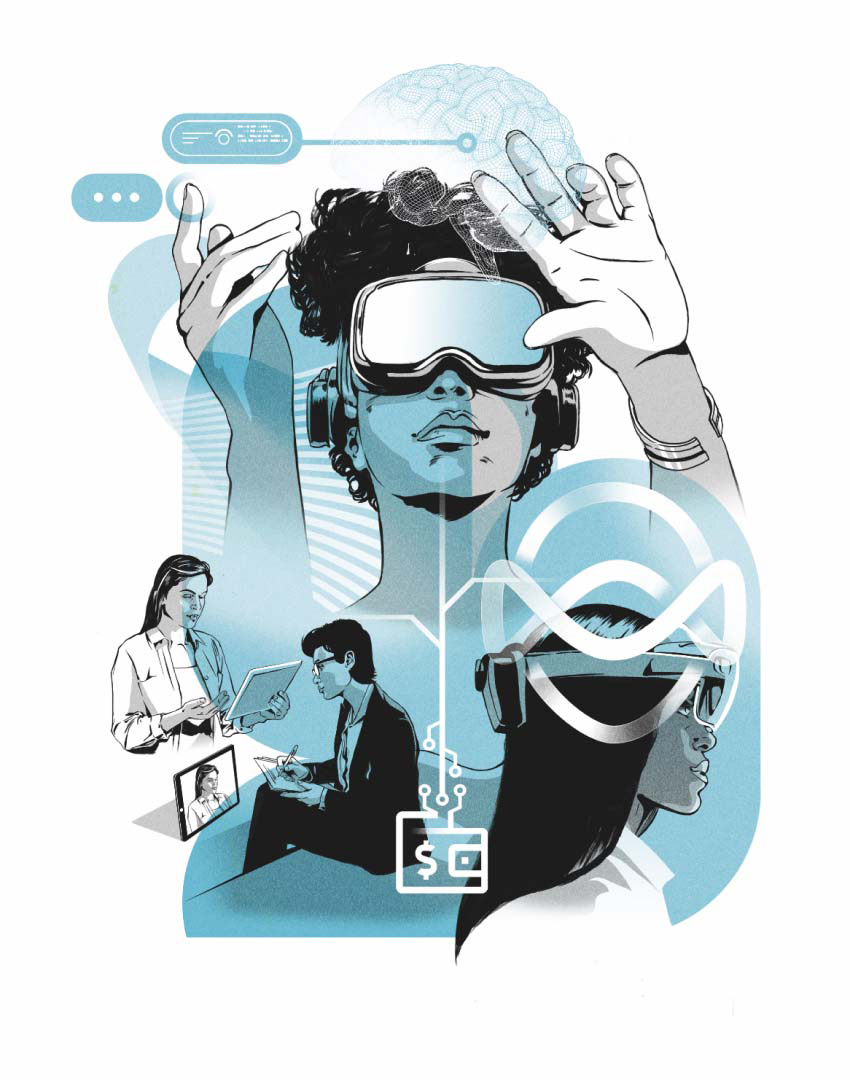Healthcare payments are ripe for digitization
These digital platforms can integrate payment capabilities, or provide options to manage insurance coverage or reimbursement—something which can prove complicated in systems such as that of the US. Because those ecosystems bring together so many elements, payments can therefore be made more efficient, innovative and predictable, providing far greater transparency and control.
“It’s analogous to when you check in to a hotel,” says Lin. “At the hotel check-in desk, they give you an estimate of how much you think your stay is going to be, and they ask for a method of payment. In contrast, few people understand how much they may potentially owe when they go to see the doctor.”
As Lin continues, “Forty percent of consumers can’t pay a bill larger than $400. When you look at the macroconditions of the consumers, and how much they can pay, versus the reality of how large these medical bills are, you realize they may not be able to pay that $2,000, $3,000, $4,000 bill all at once. What options, or what things can you offer to be able to pay those bills in a way that is affordable, convenient, and simple for them?”
These options could include payment plans or financial products common in the retail sector, such as access to low-interest credit, or providing ‘pay later’ options where appropriate. AI-based systems could also help patients budget better and optimize their expenditure, by tracking their health needs over time and predicting potential upcoming costs.
Providing patients the ability to see all claims, what their liability is, and to easily pay their liability is a key part of Cigna’s digital front door strategy, says Scott Lambert, Treasury Managing Director and Assistant Treasurer at The Cigna Group. “It’s another place where we can remove friction,” he said.
Digital payment systems could also provide a step change in the experience of care providers. “When we talk to hospitals or doctors, they often say it takes sixty to ninety days after the patient visits to actually get paid by a patient,” Lin says. “As well as helping patients, scheduled, pre-planned payments can help health providers manage cashflow.”
Another emerging model is subscriptions. Health industry forerunners are already offering digital care services that are accessed and paid for as part of a monthly package. UK-based blood testing app Thriva, for example, provides on-demand, at-home blood testing and feedback from a general practitioner. Users can subscribe to monthly testing to track their health in both the immediate and long term.
As pricing data becomes more readily accessible, this new level of transparency could also enable users to compare pricing and select the best-value providers. As Evernorth’s Matt Bennett puts it: “We go on our smartphones and read restaurant reviews before visiting them. We book hotels after comparing the best rates. We haven’t gotten here yet in healthcare, where it’s easy and accessible to understand which options are available to you, but we should be able to.”

